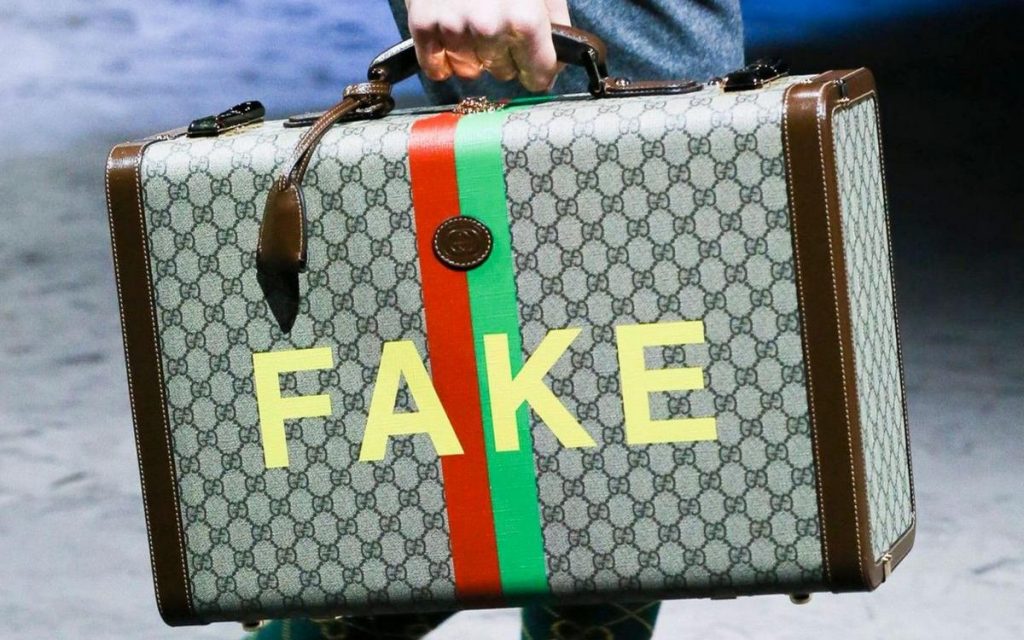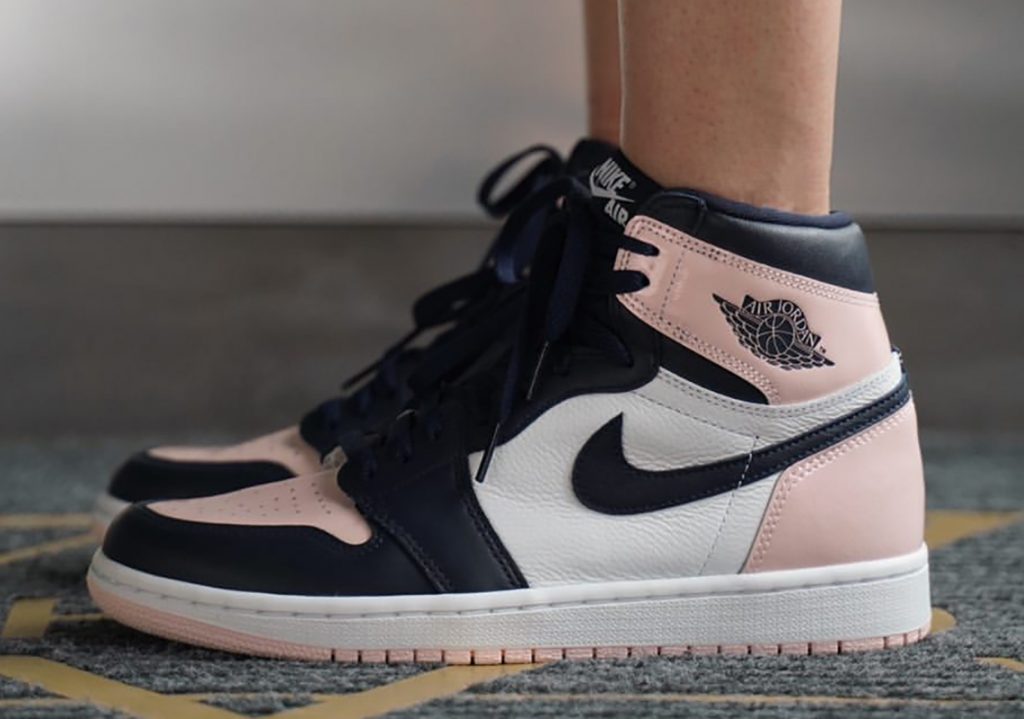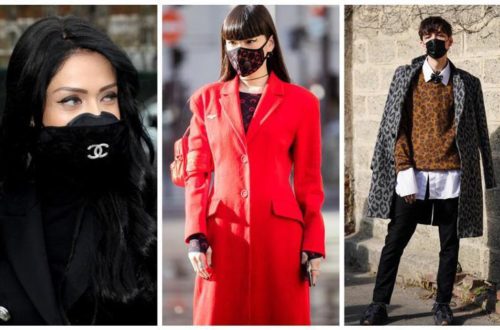Counterfeiting is a phenomenon that plagues every sector in the market and, following an increasingly worrying growth trend, Forbes estimates it will reach the 2.8-trillion-dollar mark in 2022. Unlike other industries, faking fashion products is relatively simple: counterfeiters can just copy the look of garments and print the brand name on them. Their techniques have improved considerably over the years, managing to produce copies that are more and more faithful to the originals.
Unfortunately, this parallel market severely harms sellers and buyers of authentic products, causing slow growth, image damage and higher costs to avoid purchasing counterfeit goods. In addition to market intermediaries and consumers, counterfeiting also causes significant damage to firms. High-end fashion brands are the favourite target of these practices, leading to drastic declines in revenues, as well as gruelling and costly legal battles to protect brand image.
For some years now, fakes have found fertile grounds in the streetwear world. Collaborations, co-branding and limited editions have created a real secondary market through which resellers can make enormous profits. Very often, exchanges are unsupervised, and frauds are right around the corner. Despite timid attempts by platforms like Amazon and Facebook to limit the presence of counterfeit products on their platforms, social media are the most popular advertising means. Several studies claim that fakes make up a far from negligible percentage of promotions, stating that about 20 percent of fashion products advertised on social media platforms are fake.

So how could customers purchase streetwear products without risking continuous frauds? There are various ways to do so. For instance, eBay has recently launched its eBay Authenticity Guarantee Program. Sneakers, watches and bags are shipped by the seller to the company, which, upon the authenticity check, ships to the buyer, allowing a safe inter-party exchange. This practice is far from being innovative, as companies like Klekt, Goat and StockX – the market leader with over 400-million-dollar revenues in 2020 –, are specialised in offering this service. StockX has grown steadily since its foundation in 2015, and, over the years, it has fostered the exchange of 3.8 billion dollars’ worth of products, with over 30 million monthly visitors. As the name of the company suggests, StockX works similarly to the financial market: sellers and buyers post their offers, and the sale is finalised when two match. The money is withdrawn right away from the buyer’s account, while the seller is obliged to ship the product to StockX within 48 hours. Only upon passing the authenticity check, which consists in a meticulous inspection of product and packaging conditions, does the seller receive the payment, net of fees and shipping costs.

The benefits stemming from these systems are several: they ensure market liquidity, reduce the risk of running into counterfeit goods, and provide a price benchmark in the secondary market, serving as a reference for those wishing to trade. Furthermore, the website has gradually been enriched with departments, and now offers services for categories that span from electronics to trading cards, collectibles, handbags, and watches, hence diversifying the customer base.
Therefore, to resist the rising counterfeiting phenomenon, users ought to avoid suspicious advertised sales on social media, prioritising safer trading platforms. Indeed, besides offering a trustful secondary market medium, trading platforms are advantageous in that customers are allowed to transpose and bypass the counterfeiting risk to an external entity.
By Francesco Amedeo De Santis






